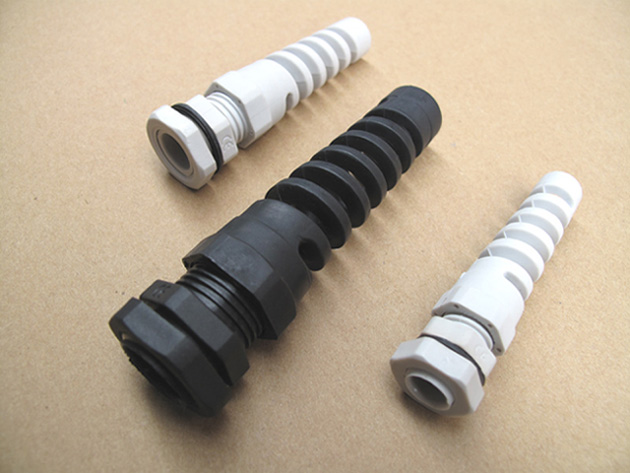 This world is getting smaller all the time, and cables happen to play a great role in making everything more connected. Don’t kid yourself about going wireless. The implements may seem wireless, but their usability still depends on base units that, of course, utilize cables to be hooked up to the grid. Unless you live a life that’s completely unplugged, chances are you have cables coiled or snaking about in various areas of your home.
This world is getting smaller all the time, and cables happen to play a great role in making everything more connected. Don’t kid yourself about going wireless. The implements may seem wireless, but their usability still depends on base units that, of course, utilize cables to be hooked up to the grid. Unless you live a life that’s completely unplugged, chances are you have cables coiled or snaking about in various areas of your home.
Now, all these wires are prone to the usual bending, twisting, stretching, tangling, chafing, etc. due to the repeated movements they are subjected to. All that strain can definitely compromise their integrity, so it’s important that your cables be protected in order for them to preserve their form and function as well as overall safety.
There are various cable strain relief solutions out there. You need to understand that they come in various sizes and materials, so you have to know which ones are suitable for which conditions. In ordinary or domestic applications, tough plastic or polyethylene bushings do the job, but cables also abound in harsher environments, so here’s a simple guide for choosing the right cable strain relief connectors for different setups:
Wet – When cables come in contact with water or other forms of liquid, such as those used in paper production, food processing, and water treatment, the ideal materials for waterproof cable grips are stainless steel, nylon, valox, nickel-plated aluminum, and nickel-plated brass.
Hot – For environments that expose cables to high or fluctuating temperatures and even direct heat, such as in welding, paper production, and food processing, connectors should be made of stainless steel, valox, silicone, or nickel-plated aluminum.
Cold – For applications that necessitate or are subjected to sustained freezing temperatures, either indoors or outdoors, such as in the case of refrigeration and freezer storage, cable connectors should be made of silicone, viton, neoprene, or stainless steel.
Chemical–In areas where cables are routinely exposed to chemicals and other abrasive elements, such as in water treatment and different manufacturing processes, the recommended materials are PVC, valox, silicone, stainless steel, and viton.
Mechanical – For situations that subject cables and their connectors to frequent bending and flexing, such as in robotics or automation, industrial strength cable grips are necessary. They are typically made of stainless steel, steel, aluminum, nickel-plated aluminum, or nickel-plated brass.
These cable strain relief solutions definitely come in all types, so make sure you order accordingly.
